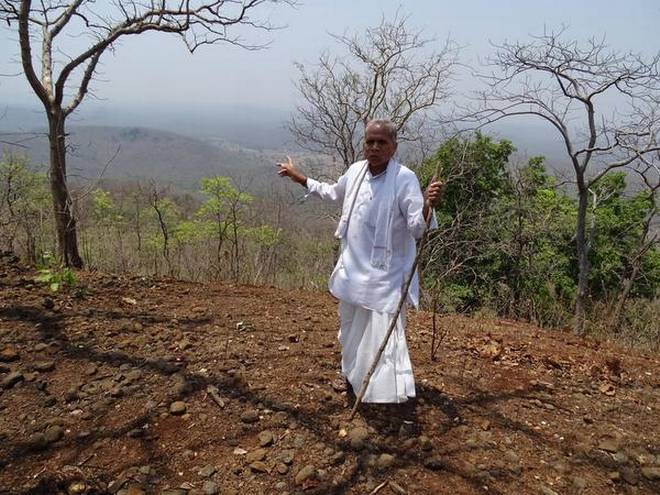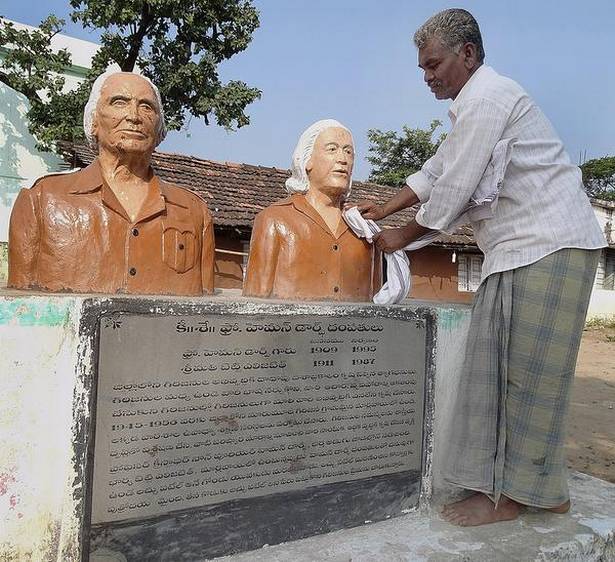Pirengan Patar, a plateau in Telangana, keeps alive the memory of a legendary ethnographer.
Every now and then, Atram Bheem Rao, inheritor of the Gond Raja of Kanchanpalli title, remembers Christoph von Fürer-Haimendorf and his contributions to improving the lives of the Raj Gond and other Adivasi tribes of the Adilabad region. When he does, he visits a 250-metre high hill near his village, atop which is a small platform made of stones, to pay his respects to the memory of the legendary Austrian ethnographer.
Prof. Haimendorf started his work in India in what is now Nagaland. During World War II, as a citizen of the Third Reich, he was detained by the British in India. He was confined to what was then Hyderabad state, but was later allowed to live among the tribal peoples of present-day Telangana and do fieldwork.
A deep connection
In 1942, Prof. Haimendorf and his wife Betty Barnado, also a noted ethnographer, first came to Kanchanpalli, in Sirpur mandal, seeking help from Mr. Rao’s grandfather — who was also named Bheem Rao — for their work. The local people could not pronounce the Austrian’s name, Mr. Rao says, so they called him ‘Pirengan,’ which is derived from the Hindustani firangi, foreigner.
At the end of the war, the Nizam’s government appointed Prof. Haimendorf Advisor for Tribes and Backward Classes. During his tenure, he set up educational and other schemes for tribal peoples and taught at Osmania University.
The professor and his wife did path-breaking work in the Northeast, and in Nepal, where he was the first foreigner to document indigenous cultures. He also taught at the School of Oriental and African Studies in London. Through all this, over forty years, the couple often came back to the Adilabad area to do more research.
“The Haimendorfs avoided this place during summer, but used to come here frequently during winters all through the late 1970s until their death,” Mr. Rao says. “They had an elevated platform made, for them to relax in the winter sun and take in nature’s spread from the hilltop.” From this vantage point, one can see the Godavari flowing in the distance, and the villages in the valley below.
The plateau is known locally as Pirengan Patar, in their honour. Mr. Rao told The Hindu that the platform would have been destroyed had the government gone ahead with its plan to build a wireless repeater station on it in the 1990s. But the fear of Naxalites damaging it had led to a change of plan.
source: http://www.thehindu.com / The Hindu / Home> News> States> Telangana / by S. Harpal Sigh / Kanchanpalli – May 05th, 2017

